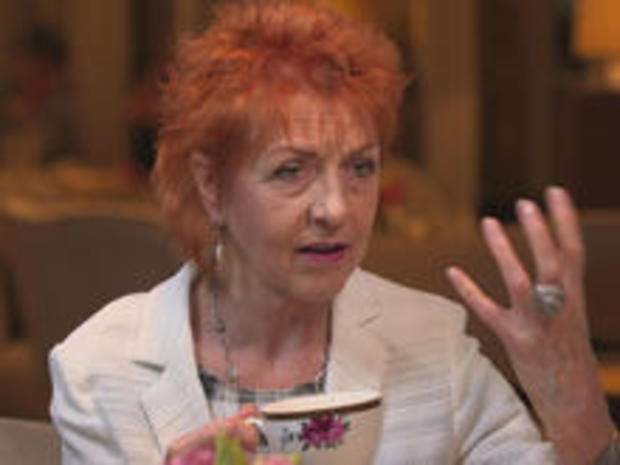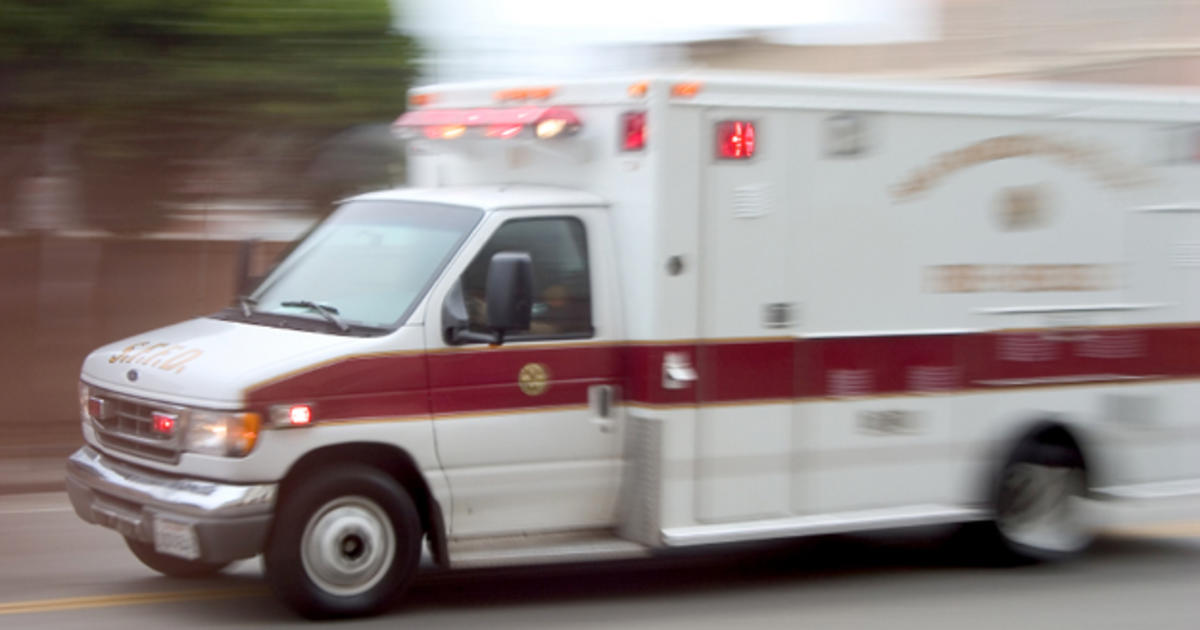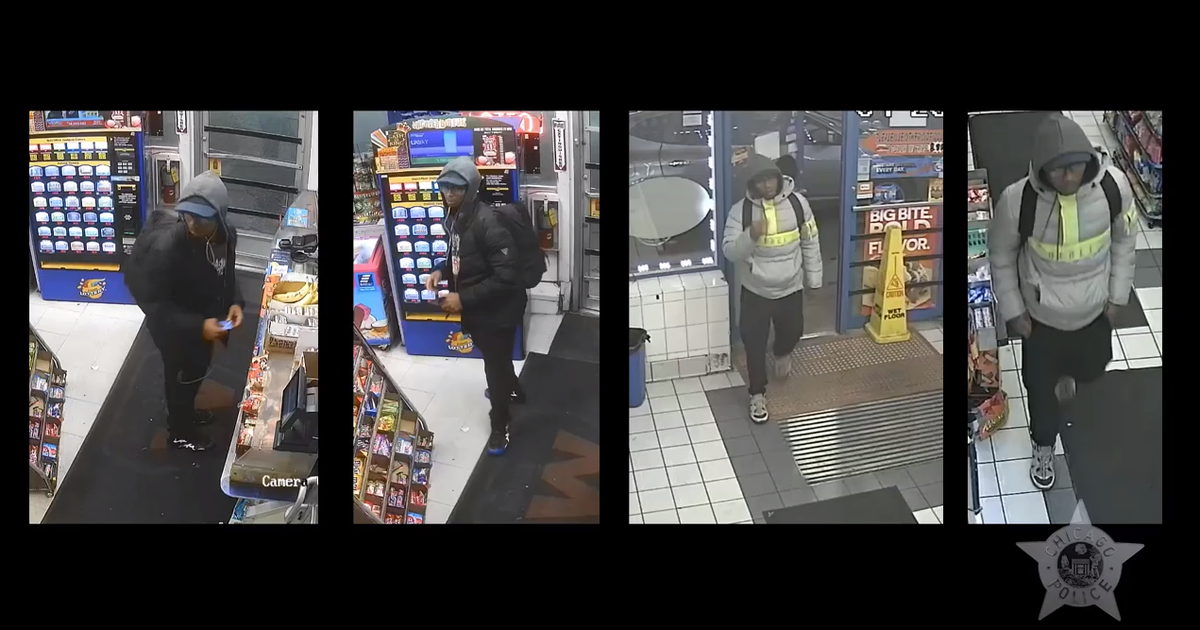The History And Etiquette Of Afternoon Tea
CHICAGO (CBS) -- Time for some liquid refreshment... to begin, a cup of tea with Seth Doane:
Tiny sandwiches without crusts, and sweets stacked on platters set the stage for that soothing and rather special event: afternoon tea.
And when having tea with an aficionado, London's Langham Hotel seemed a good choice. They've been at it for about 150 years.
Jane Pettigrew consulted on the tea service here, has written books on the topic, and had her own tea house. "The oolong is always lovely. It's a tea that not many people know, but when they discover it they are blown away, they really love it!"
She would never put milk in it. And don't call this "high-tea," she explains. That was a big, working-class supper where tea was served. This is "afternoon tea," originally meant to fill the long gap between meals for the upper classes.
"It really has been pretty much like this since the end of the Victorian period, the 1880s, 1890s, when it was really set as an event," Pettigrew said.
Britain, thanks to its East India Company, had become the center of the tea trade by the late 1600s.
"When tea arrived, it was completely new," Pettigrew said. "We had no teapots, we had no teacups. And so everything had to be acquired, along with the tea from China. And the word 'China'; at that time, came to mean not just the country, but porcelain."
At the Chelsea Physic Garden, head gardener Nell Jones explained how it played a role in tea history.
"In about 1840 the curator of the garden here went out to China and committed maybe the first incident of agricultural espionage," Jones said. "He stole tea plants from China, and he stole the knowledge about how to make tea from China, and basically took China's trade in tea and started supplying it from India."
India was a British colony at the time. The British imported tea, and added to it layers of etiquette.
"I mean, you would never actually slurp your tea," Pettigrew laughed. "But a professional tea taster always slurps their tea because that's what you need to do to get the sort of flavor. But no, it's got to be quiet, elegant."
She also said you never put your pinky up when raising a cup.
"Why not? I thought that was fancy," said Doane.
"Well, because it's very pretentious!" Pettigrew laughed.
While Pettigrew notes there are no "tea police," one should not "clank" the teaspoon. And it's preferable to add just a dollop of clotted cream and jam, rather than crudely spreading it all over the scone.
"What's important to remember during the early 19th century when this really became a standard is that the middle classes were growing," she said. "And everybody wanted to copy afternoon tea parties that had started in aristocratic houses."
Tea affected fashion, with the introduction of tea gowns (where corsets were no longer required), and architecture. The "drawing room" was designed for women to "withdraw" to, to take tea.
At a London taxi shelter, they've dispensed with formalities. Billy Brown and wife Hazel White sell their tea for about a dollar. They make about a hundred cups a day.
"Tea's the drink of the working class!" said customer Steve Cahill.
Customer Bob Sweetland drinks about four cups a day. Doane asked him about those pricey places for "afternoon tea." His response: "I'd rather go to a pub and have a pint!"
There may be no frills here, but opinions about tea remain. As Cahill said, "I like it strong. I like it like mud!"
Customer Bob Sweetland drinks about four cups a day. Doane asked him about those pricey places for "afternoon tea." His response: "I'd rather go to a pub and have a pint!"
For more info:
- Tea specialist Jane Pettigrew
- Candella Tea Room, London
- Afternoon tea at Palm Court, The Langham, London
- Chelsea Psychic Garden, London





